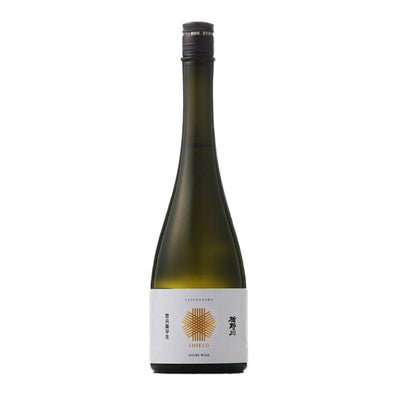Hot Sake Warms You Up and Brings Out New Flavors
The Appeal of Warm Sake
One of the interesting characteristics that separates sake from most other alcoholic beverages is that it can be drunk at a wide range of temperatures – from near-freezing to piping hot. Changing the temperature even slightly can alter the aroma and taste, so the same sake can be joined in multiple ways depending on your mood.

Sake Temperature Guide
55°C/131°F: Tobikiri-Kan (飛びきり燗): Very hot. Makes flavour strong and super-dry.
50°C/122°F: Atsukan (熱燗): Hot-hot. Sharp flavors and dry finish.
45°C/113°F: Jo-Kan (上燗): Slightly hot. Steamy when poured into a glass.
40°C/104°F: Nuru-Kan (ぬる燗): Warm hot. Aromas open up the most. Mild flavor.
35°C/95°F: Hitohada-Kan (人肌燗): Body temperature. Aromas of rice and koji become richer.
30°C/86°F: Hinata-Kan (日向燗): Sunlight warmed. Reveals aromas and smooth texture.
18-28°C/64-82°F: Hiya (冷や): Room temperature. The original flavors and aromas can be enjoyed as they are.
15°C/59°F: Suzu-hie (涼冷え): Slighly cool. Fragrant aromas and thick texture.
10°C/50°F: Hana-hie (花冷え): Cold. Clean flavours.
5°C/41°F: Yuki-hie (雪冷え): Very cold. Aromas are toned down. Clean finish can be enjoyed.
How to Warm Up Sake
You can easily warm up sake in a microwave, just follow instructions in the video below!
Recommended Warm Sake
Not all sake is suited for heating. Premium types such as ginjo and namazake types should not be warmed up, because they will lose their fragrant aroma and delicate flavour. For warming up, choose sake that is rather full-bodied, high in umami and acidity. Junmai types, some Honjozo types, and Futsu-shu are best warmed up.
Our recommendation is Eikun70 Junmai Sake, which is a basic junmai sake that can be enjoyed at a variety of temperatures to suit your taste and cuisine!
















Leave a comment